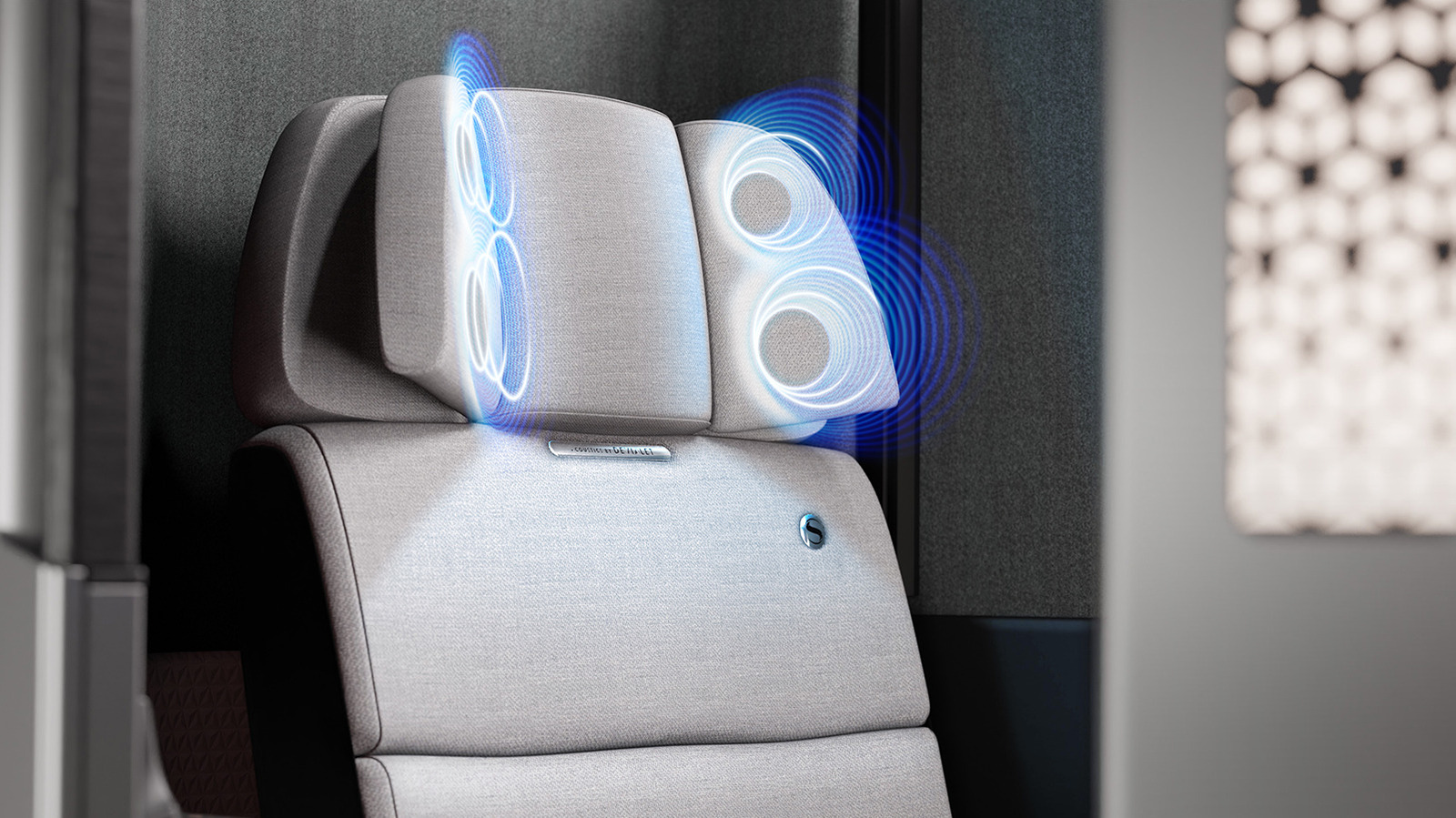Developing 3D Modeling Software for Dentistry: Shaping the Future of Dental Care
In today’s world, where technology continues to reshape every aspect of our lives, dentistry is no exception. The field has seen rapid innovation in recent years, and one of the most impactful developments is the use of 3D modeling software in dental treatment planning. From digital impressions to surgical guides, advanced modeling tools are revolutionizing how we approach dental care and treatment. But what goes into building such a system? What challenges do developers face when creating software that can model something as complex — and as personal — as a human smile? Why 3D Modeling Matters in Dentistry Modern dentistry is moving toward precision, personalization, and predictability. 3D modeling software allows dentists to: Reconstruct highly accurate models of a patient’s teeth and jaw. Simulate dental procedures before performing them. Design custom crowns, aligners, implants, and even full-mouth restorations. Collaborate with dental labs using digital files instead of physical impressions. These capabilities improve not only the treatment of teeth but also the overall patient experience — fewer surprises, faster procedures, and better outcomes. Behind the Scenes: Building Dental 3D Software Creating 3D modeling software for dentistry isn’t just about rendering pretty images. It involves: 3D scanning and data processing: Raw data from intraoral scanners or CT scans must be processed into usable 3D meshes. Geometric modeling: Tools must allow users to manipulate, edit, or analyze the shape of teeth and surrounding structures. User interface design: Dentists are not software engineers — the software must be intuitive, clean, and easy to learn. Compatibility: The system should integrate with lab hardware (e.g., 3D printers, milling machines) and support industry-standard file formats (like STL or OBJ). Performance is critical. Large 3D datasets require efficient rendering and fast calculations. For this reason, many development teams turn to C++, a powerful language that offers high performance and control over memory — two key factors when working with 3D models. A Simple Glimpse into C++ and 3D Modeling While actual 3D dental modeling software is complex, here’s a simple idea of how a 3D tooth model might be represented in code: #include struct Vertex { float x, y, z; }; struct Triangle { int a, b, c; // Indices of vertices }; class ToothModel { public: std::vector vertices; std::vector faces; void addVertex(float x, float y, float z) { vertices.push_back({x, y, z}); } void addTriangle(int a, int b, int c) { faces.push_back({a, b, c}); } void printInfo() { std::cout

In today’s world, where technology continues to reshape every aspect of our lives, dentistry is no exception. The field has seen rapid innovation in recent years, and one of the most impactful developments is the use of 3D modeling software in dental treatment planning. From digital impressions to surgical guides, advanced modeling tools are revolutionizing how we approach dental care and treatment.
But what goes into building such a system? What challenges do developers face when creating software that can model something as complex — and as personal — as a human smile?
Why 3D Modeling Matters in Dentistry
Modern dentistry is moving toward precision, personalization, and predictability. 3D modeling software allows dentists to:
Reconstruct highly accurate models of a patient’s teeth and jaw.
Simulate dental procedures before performing them.
Design custom crowns, aligners, implants, and even full-mouth restorations.
Collaborate with dental labs using digital files instead of physical impressions.
These capabilities improve not only the treatment of teeth but also the overall patient experience — fewer surprises, faster procedures, and better outcomes.
Behind the Scenes: Building Dental 3D Software
Creating 3D modeling software for dentistry isn’t just about rendering pretty images. It involves:
3D scanning and data processing: Raw data from intraoral scanners or CT scans must be processed into usable 3D meshes.
Geometric modeling: Tools must allow users to manipulate, edit, or analyze the shape of teeth and surrounding structures.
User interface design: Dentists are not software engineers — the software must be intuitive, clean, and easy to learn.
Compatibility: The system should integrate with lab hardware (e.g., 3D printers, milling machines) and support industry-standard file formats (like STL or OBJ).
Performance is critical. Large 3D datasets require efficient rendering and fast calculations. For this reason, many development teams turn to C++, a powerful language that offers high performance and control over memory — two key factors when working with 3D models.
A Simple Glimpse into C++ and 3D Modeling
While actual 3D dental modeling software is complex, here’s a simple idea of how a 3D tooth model might be represented in code:
#include
struct Vertex {
float x, y, z;
};
struct Triangle {
int a, b, c; // Indices of vertices
};
class ToothModel {
public:
std::vector vertices;
std::vector faces;
void addVertex(float x, float y, float z) {
vertices.push_back({x, y, z});
}
void addTriangle(int a, int b, int c) {
faces.push_back({a, b, c});
}
void printInfo() {
std::cout << "Tooth has " << vertices.size() << " vertices and "
<< faces.size() << " faces.\n";
}
};
In a real-world scenario, this would expand into complex algorithms for mesh smoothing, segmentation (identifying individual teeth), collision detection, and even AI-driven analysis for identifying cavities or planning implant placement.
Challenges in Development
Developing 3D software for dental treatment comes with unique challenges:
- Anatomical accuracy: Teeth aren’t just simple shapes. They have curves, roots, and microscopic structures that matter.
- Real-time performance: Dentists don’t want lag when rotating a model or simulating a procedure.
- Regulatory standards: Medical software must follow strict rules and undergo certification in many countries.
- Security and privacy: Patient data must be protected in compliance with laws like HIPAA or GDPR.
The Human Side: Helping Dentists Help Patients
At the end of the day, the goal isn’t just to build software — it’s to make life easier for dentists and improve outcomes for patients. When a dentist can simulate a procedure in advance, or when a lab receives a perfect digital model ready for production, the entire treatment process becomes smoother.
That’s the real value of dental 3D modeling: empowering professionals to deliver care that is faster, more accurate, and more personalized.
Final Thoughts
Developing software for 3D tooth modeling isn’t just an engineering challenge — it’s a bridge between technology and human health. It’s a space where coders, designers, and dentists meet to shape the future of dentistry.
As this field continues to grow, so do the opportunities — not only to create better tools, but to improve the experience of dental treatment for millions around the world.










































































































































































![[The AI Show Episode 146]: Rise of “AI-First” Companies, AI Job Disruption, GPT-4o Update Gets Rolled Back, How Big Consulting Firms Use AI, and Meta AI App](https://www.marketingaiinstitute.com/hubfs/ep%20146%20cover.png)




























































































































![[FREE EBOOKS] Offensive Security Using Python, Learn Computer Forensics — 2nd edition & Four More Best Selling Titles](https://www.javacodegeeks.com/wp-content/uploads/2012/12/jcg-logo.jpg)



![Ditching a Microsoft Job to Enter Startup Purgatory with Lonewolf Engineer Sam Crombie [Podcast #171]](https://cdn.hashnode.com/res/hashnode/image/upload/v1746753508177/0cd57f66-fdb0-4972-b285-1443a7db39fc.png?#)
































































































































































































































-xl.jpg)













![As Galaxy Watch prepares a major change, which smartwatch design to you prefer? [Poll]](https://i0.wp.com/9to5google.com/wp-content/uploads/sites/4/2024/07/Galaxy-Watch-Ultra-and-Apple-Watch-Ultra-1.jpg?resize=1200%2C628&quality=82&strip=all&ssl=1)













![Beats Studio Buds + On Sale for $99.95 [Lowest Price Ever]](https://www.iclarified.com/images/news/96983/96983/96983-640.jpg)

![New iPad 11 (A16) On Sale for Just $277.78! [Lowest Price Ever]](https://www.iclarified.com/images/news/97273/97273/97273-640.jpg)






































![Apple's 11th Gen iPad Drops to New Low Price of $277.78 on Amazon [Updated]](https://images.macrumors.com/t/yQCVe42SNCzUyF04yj1XYLHG5FM=/2500x/article-new/2025/03/11th-gen-ipad-orange.jpeg)



![[Exclusive] Infinix GT DynaVue: a Prototype that could change everything!](https://www.gizchina.com/wp-content/uploads/images/2025/05/Screen-Shot-2025-05-10-at-16.07.40-PM-copy.png)





![T-Mobile discontinues a free number feature but a paid alternative exists [UPDATED]](https://m-cdn.phonearena.com/images/article/170235-two/T-Mobile-discontinues-a-free-number-feature-but-a-paid-alternative-exists-UPDATED.jpg?#)


















































